Since spring has arrived, I have loved seeing all the trees, shrubs, and flowers blooming. But with spring comes some major gardening atrocities, the most egregious being the “pruning” of crape myrtle trees. A short walk through my neighborhood found some prime examples (sorry neighbors). Don’t believe that this is a real problem? Well this guy holds an annual contest for some of the worst prune jobs of the year. Look at the “winners” here, here, and here and tell me this isn’t an ABOMINATION. I’m sorry, but who thinks this looks good?
Years of hack job pruning lead to those unsightly knobs all over. Sure, taking a saw to the top of a tree is far easier than taking the time and care to prune a tree properly, but when you do that, it takes away the beauty of a tree that could have grown naturally. The easiness factor is probably why they were pruned like that. This practice is not limited to crape myrtle trees, it just seems to most prevalent with them. It’s so prevalent that I wonder if people think this is how you are supposed to prune them. If that is what you think, please look at the following pictures. This is what trees look like when new growth grows off the stumps that are created by this method of pruning.
Doesn’t this look absurd? You can’t honestly tell me that this was the look you were trying to create. The tree to the right is a Bradford pear. Those have a very manicured look on their own and their branches do not need to be reduced to stumps like this. I can think of maybe two reasons a person would prune the tree in such a manner.
1. The tree’s branches/roots are too close to the house and are creating problems.
2. The tree’s branches are too close to a power line.
I have one response to both – don’t plant trees there!!! When you buy ANY plant, they come with a tag. On that tag it tells you the height and width that the plant reaches in maturity. You don’t have to be a gardening expert, just somewhat literate and capable of using a tape measure. If you don’t want it to be that large, don’t get it in the first place! Don’t plant crape myrtles or any other trees a foot away from your house because it will just cause you problems for the entire life of the tree. Don’t plant trees anywhere remotely near power lines. There are more and more dwarf varieties of trees every year. Try planting those instead. Still read the tag to see how wide and tall the tree gets, and still don’t plant it close to the house. It’s not a shrub, it’s a tree.
Unfortunately, in the previous six photos, the trees are not near power lines because our neighborhoods have underground power lines. I honestly have no idea why people are trimming their trees this way. My guess is their landscaper has convinced them this is how you prune trees because they didn’t want to take the time to prune them properly.
So, how should you prune trees if not by hacking off the tops? I have a few handy steps.
Prune before any new growth happens because blooms happen on new growth. So you better hustle!
-
For crape myrtles, start by pruning the suckers that come up at the base. One of my friends said that doesn’t happen with hers. I’m just lucky I guess!
-
Prune any branches on the lower part of the main trunk.
-
Prune any branches growing toward the inside of the tree.
-
Prune any branches that are crossing/rubbing, and any dead branches.
Pruning the branches at the base or on the lower end of the trunk allows the main trunk(s) to get stronger. Pruning branches that grow toward the inside of the tree prevents future crossing and rubbing, and pruning branches that are rubbing now prevents you from having to prune dead branches later. If its growing lichen on it and nowhere else on the tree is, that’s a good sign the branch is dead. Also, dead branches usually look a little darker.
When you cut the branches, how/where do you cut them? When pruning the low branches, cut all the way back to the main trunk(s). When pruning upper branches cut as close to the branch they are coming off of as possible.
This is what a mature non-dwarf variety crape myrtle should look like in all its glory (before blooming, of course).
Was this post helpful? Do you have any pruning tips? Am I alone in my dislike for improper pruning of trees?


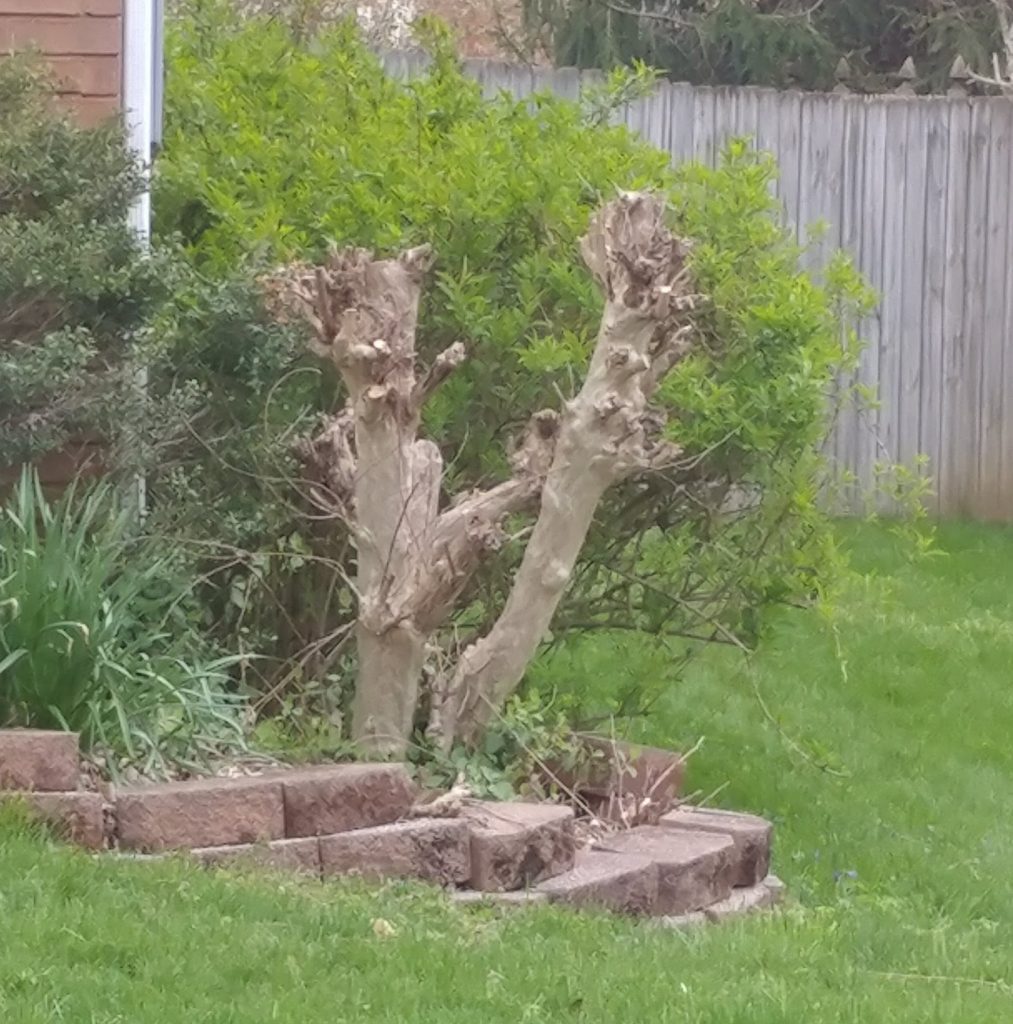
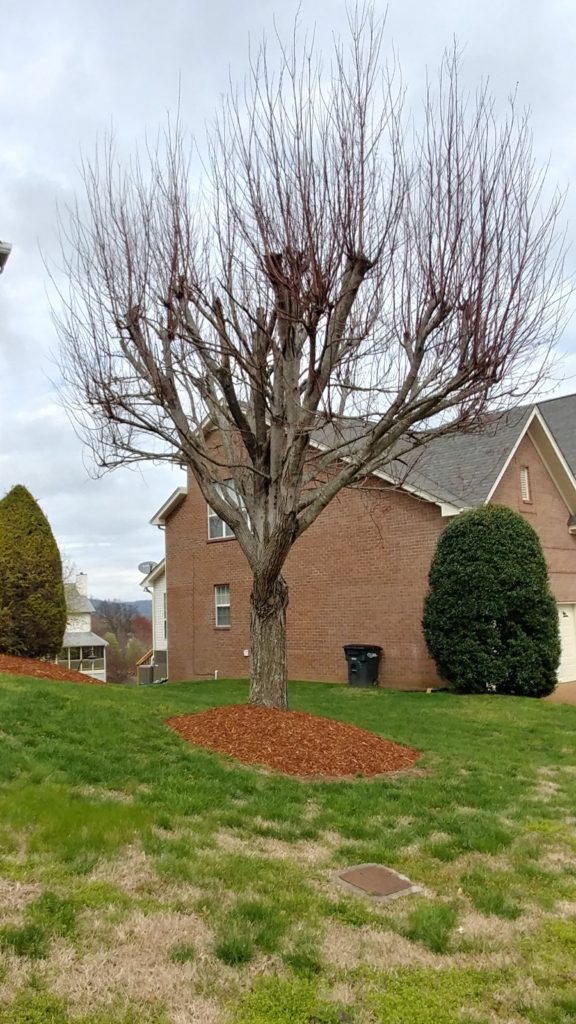

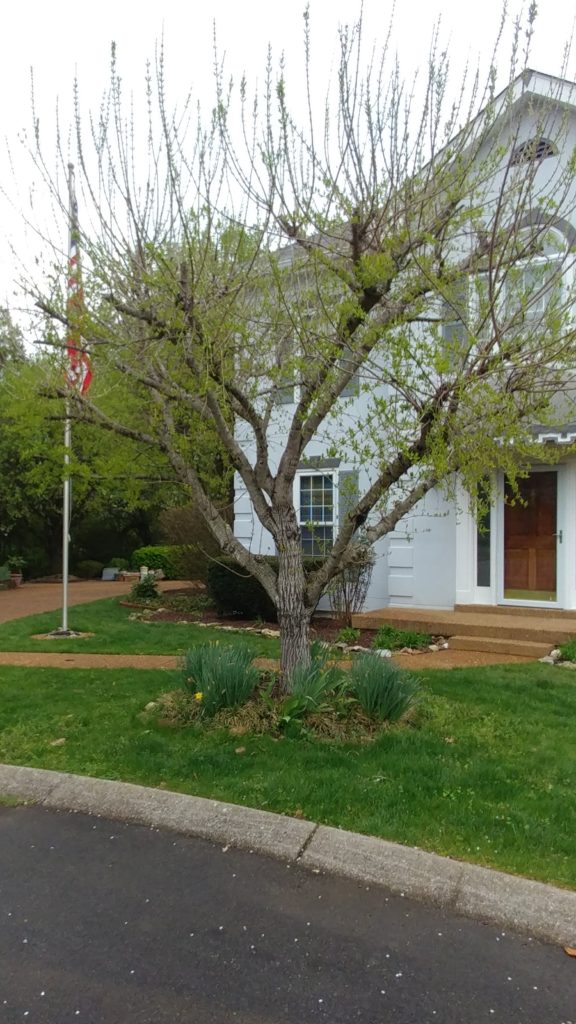
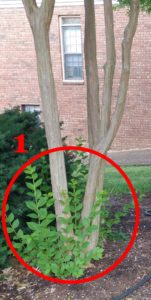
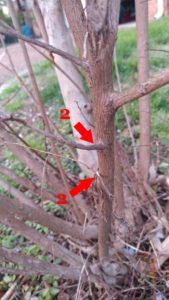
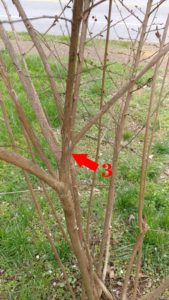


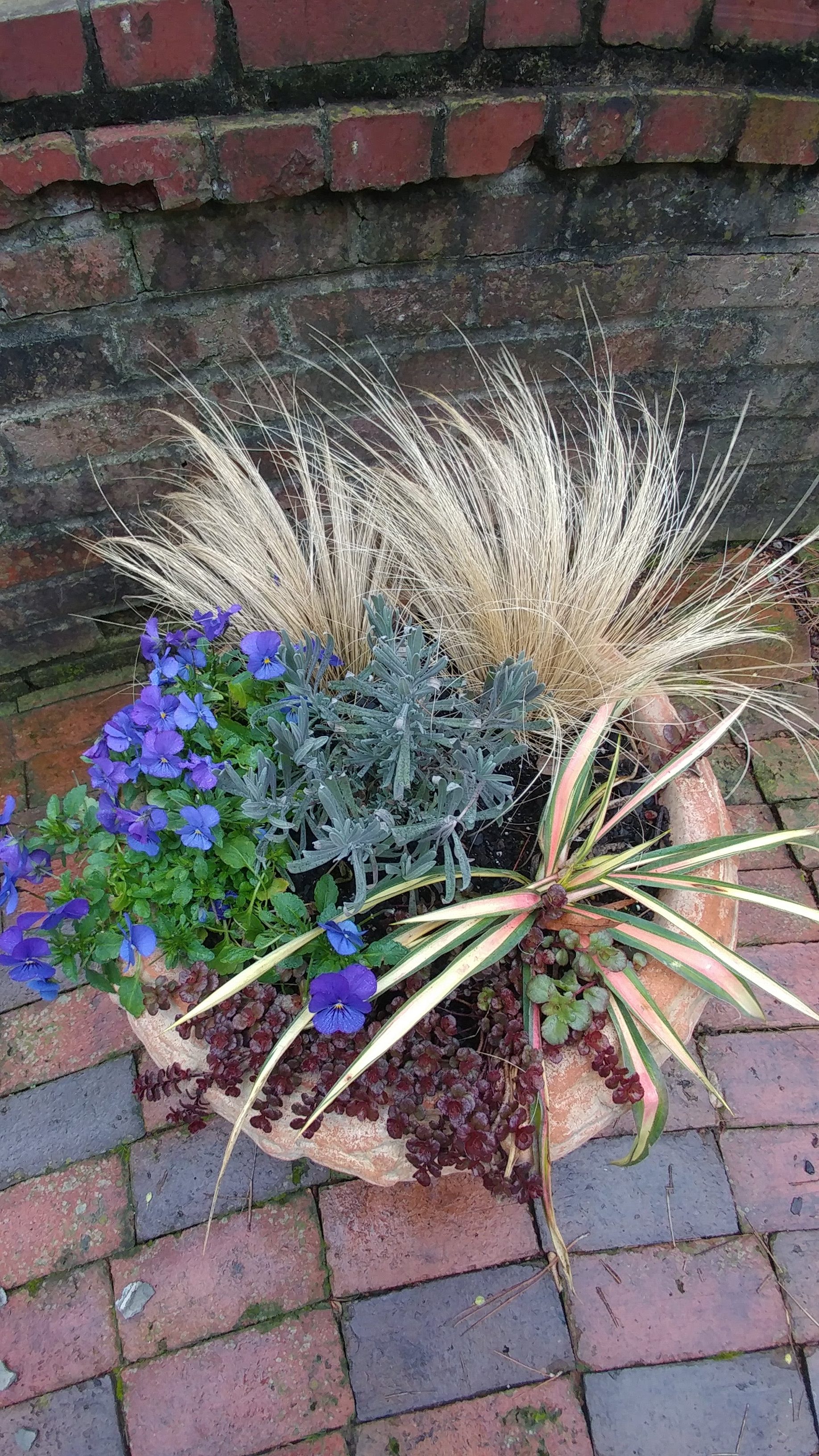
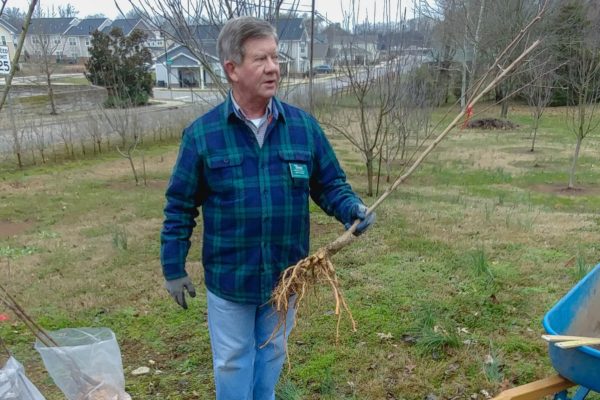
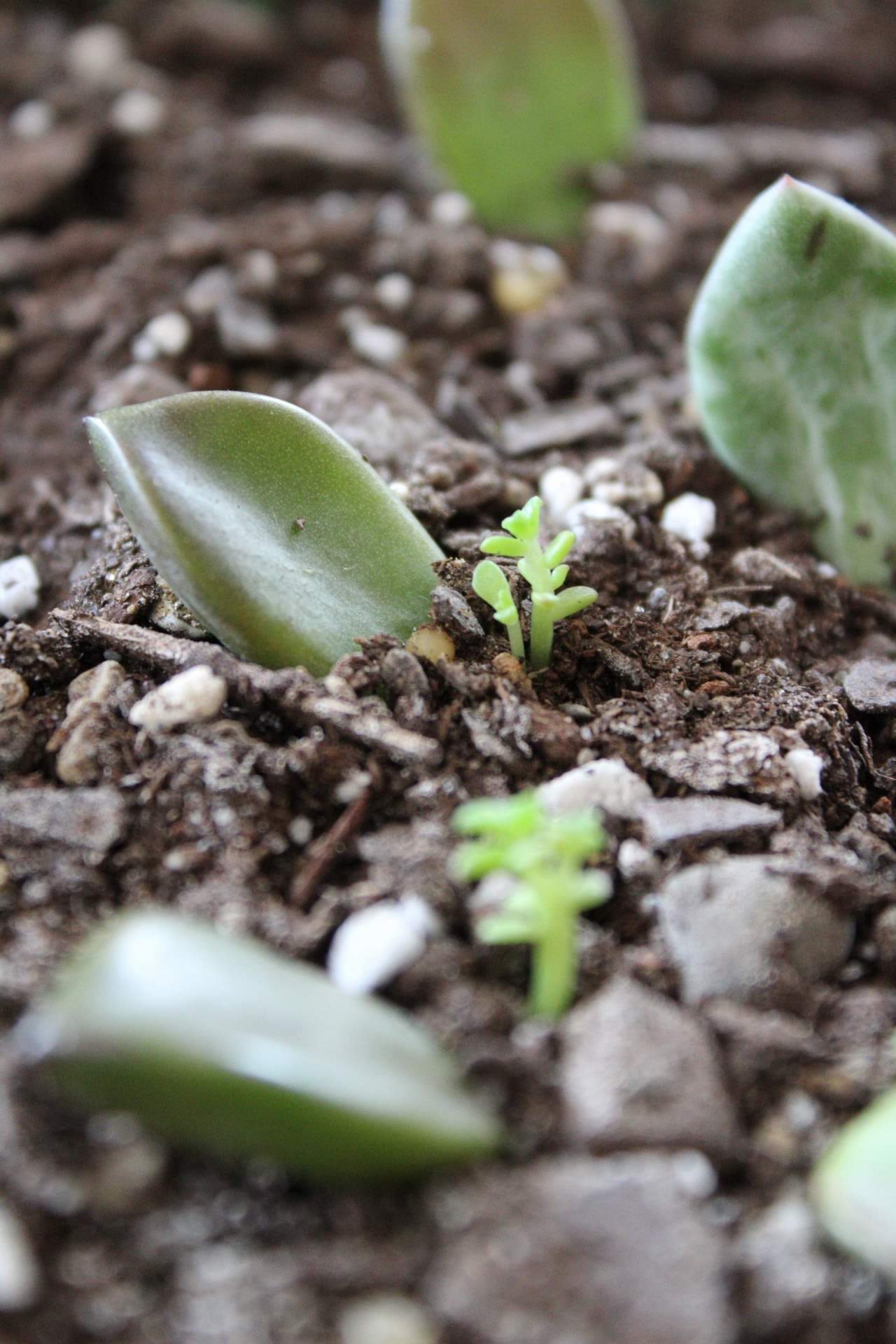

I have been appalled by the butchering of so many trees in almost every neighborhood in Santa Clara county. I have talked to gardeners while they are butchering and find there is no real training from certified arborist’s, and even though thousands of garden companies tout professionalism, there are few trained by certified arborists.
This way of pruning chops off the main arteries to the trees (The Cambium) Which kills them between 6 months to 5years.
Any time you see a dead tree in a neighborhood 99% of the time it has been chopped from the top killing the cambium. Pruned wrong. It not only looks bad but kills the tree. The older home owners never did this but the younger generations do not. I grew up in this valley. Most of the people cared for their own yards and learned from local orchardists and fellow neighbors how to correctly prune. It’s not rocket science. In this modern age everyone has a gardener and trusts them. It’s more of an ignorance issue than purposely doing a bad job. Now it seems that a high percentage of people do think this is the appropriate way to prune. I am grateful you have written about this subject. I looked up tree butchering and found your site.
I also think there must be a way of educating people without pointing fingers or down grading the gardeners. They need to learn the proper way, and how to prevent this may be some open free workshops with professional certified arborists teaching in Spanish and english. People also need to understand how important trees are to our environment and air quality as the are a buffer for pollution. Thank you for letting me share.
Victoria katsubayashi
Thank you so much for your thoughtful comment, and I’m glad you found it! I agree, I think people just don’t know any better. I myself would have never pruned a tree that way simply because I don’t like the way it looks. However, if they are relying on a landscaper to prune the tree for them, and the landscaper says that’s how it’s done, they wouldn’t think to question it. It’s a shame! I agree with you that there needs to be more education on the subject. I would just default to not pruning at all, and that has problems as well. I hope this post can help people to learn the right way to prune a tree.
An older neighbor has been cutting his crepe myrtle back for years. (Chopping, murdering)the house was sold, the new neighbor is unsure if he can let it grow or does he need to continue to chop the tree every year at the knots.